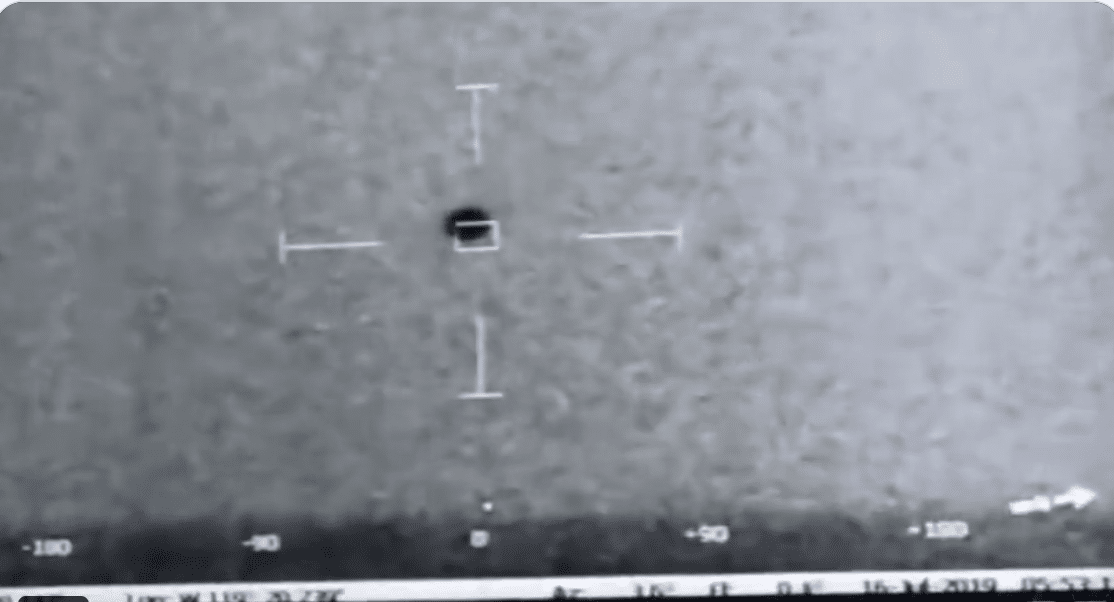Every time we push the frontiers of knowledge, it comes with a risk, and it comes with the prospect of a reward. The risks are many: failure to find anything new, futility of the experiment to function as designed, and even the possibility of damage and destruction if things go awry. But the rewards can be tremendous, including the unlocking of new knowledge, the development of new technologies, and the advancement of the entire human enterprise of science.
One of the places that personifies all of this is the Large Hadron Collider (LHC) at CERN, where we’ve begun colliding protons at the highest energies ever achieved in a particle accelerator. A few years ago, we broke the old record — 2 TeV (tera-electron-Volts, or 10^12 eV), which was set at Fermilab — by accelerating each particle up to 3.5 TeV and smashing them into one another, achieving 7 TeV of total energy. This discovery enabled us to not only create huge numbers of a great many elusive, fundamental particles (like the top quark, as well as the W-and-Z bosons), but enabled us to discover a brand new fundamental particle and last undiscovered particle in the standard model: the Higgs boson. READ MORE



















The only thing these scientist are doing is opening the door way to hell, to release millions of more devastating demonic forces upon the earth. To add to the demonic forces that are already ripping the human race to shreds, these people who have created this device are as blind as bats can see.